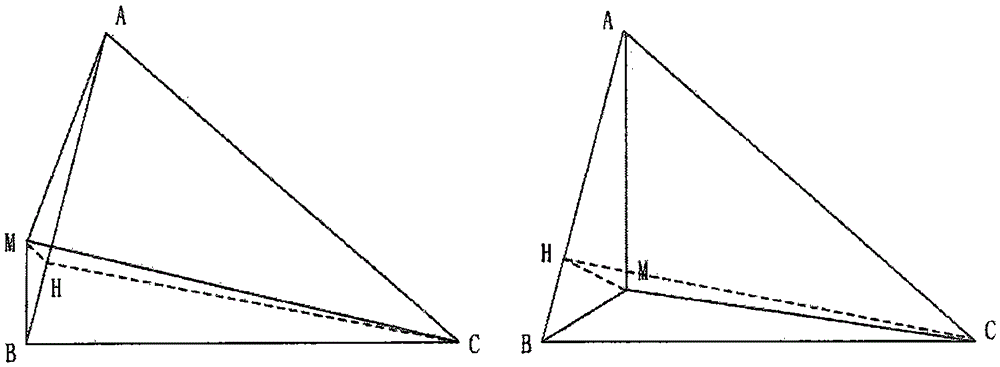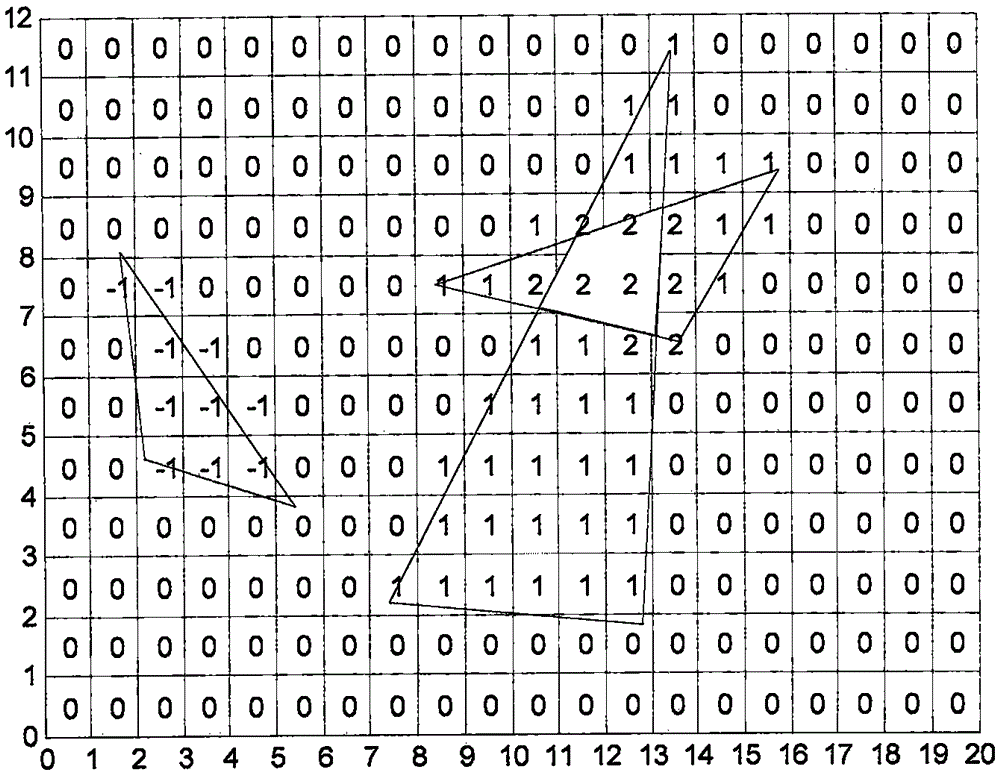Wireless sensor network positioning algorithm based on APIT (approximation of the perfect PIT test) test
A wireless sensor and network positioning technology, applied in positioning, network planning, network topology, etc., can solve the problems of low positioning accuracy, small number of triangles, and inability to form triangles
- Summary
- Abstract
- Description
- Claims
- Application Information
AI Technical Summary
Problems solved by technology
Method used
Image
Examples
Embodiment Construction
[0031] The technical solution of the present invention will be further described in detail below in conjunction with specific drawings and embodiments.
[0032] Such as figure 1 As shown, the present invention is based on the wireless sensor network positioning algorithm tested by APIT, calculates the virtual anchor node coordinates by establishing the Voronoi diagram, establishes a sequence level for the overlapping area, narrows the possible area where unknown nodes may exist, and uses the finally determined area centroid as a node estimate coordinate.
[0033] It mainly includes the following steps:
[0034] Step a, set up a Voronoi diagram about the anchor node; carry out the simulated triangle interior point test (APIT), reduce the occurrence probability of Out-To-In and In-To-Out; the specific process of this step is:
[0035] Step a1, each anchor node establishes a Voronoi diagram through the Voronoi function, traverses all intersection points, and removes the coordin...
PUM
 Login to View More
Login to View More Abstract
Description
Claims
Application Information
 Login to View More
Login to View More - R&D
- Intellectual Property
- Life Sciences
- Materials
- Tech Scout
- Unparalleled Data Quality
- Higher Quality Content
- 60% Fewer Hallucinations
Browse by: Latest US Patents, China's latest patents, Technical Efficacy Thesaurus, Application Domain, Technology Topic, Popular Technical Reports.
© 2025 PatSnap. All rights reserved.Legal|Privacy policy|Modern Slavery Act Transparency Statement|Sitemap|About US| Contact US: help@patsnap.com



